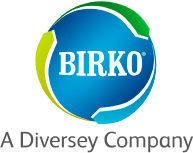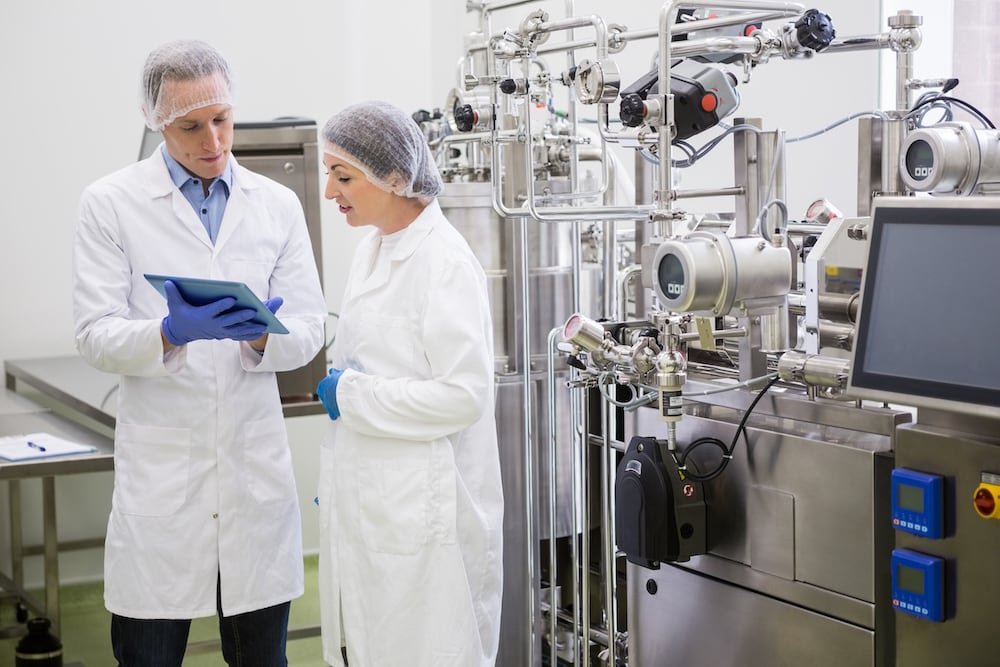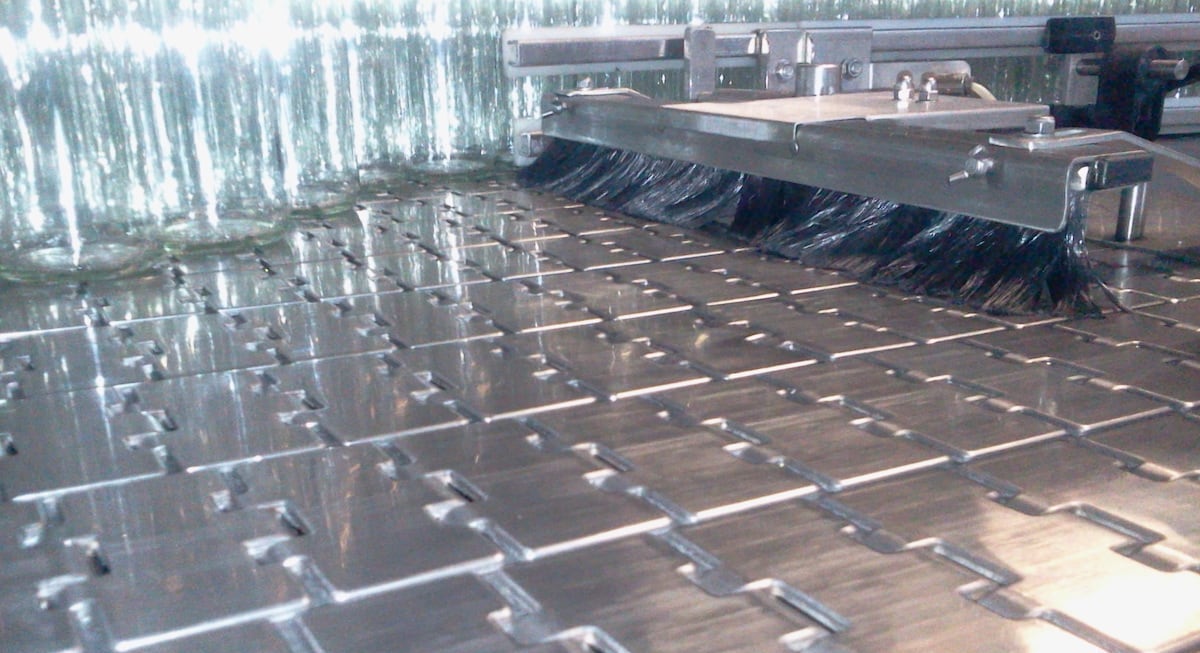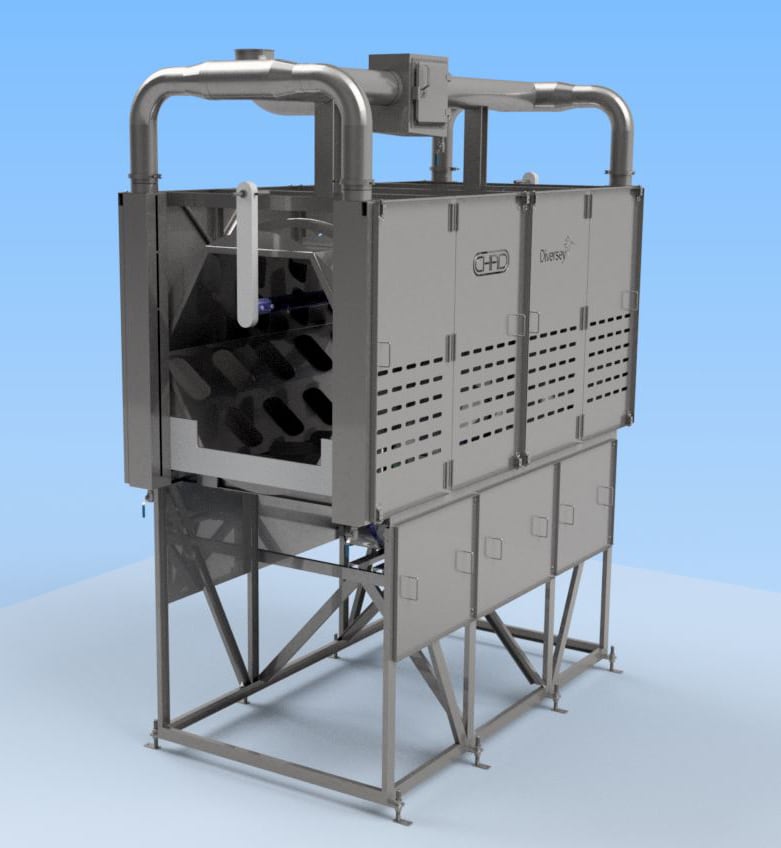When tallow is processed through the decanter (horizontal centrifuge), it is homogenized just like milk is homogenized. The water and fat are uniformly dispersed into a single-phase emulsion that is extremely stable. Just attempting to separate this emulsion mechanically through a vertical centrifuge is very inefficient and can result in the loss of upward to a fourth of the tallow to the water phase.
Accordingly, to maximize this separation it’s important to employ a chemical step prior to the vertical centrifuge. There are several ways to break this emulsion allowing for the separation of the water from the fat: increase the electrolyte (salt) level or alter the pH of the emulsion.
The most common means of breaking this emulsion in edible tallow is to use a food grade acid to adjust the pH to between 4.5-6.0. Any food grade acid will work for this purpose. It is the pH range that is critical when using this approach to break the emulsion since it allows for the efficient separation of water from fat in the vertical centrifuge. The acid (or salt) gets rejected to the water phase upon separation and is not present in the finished tallow.








